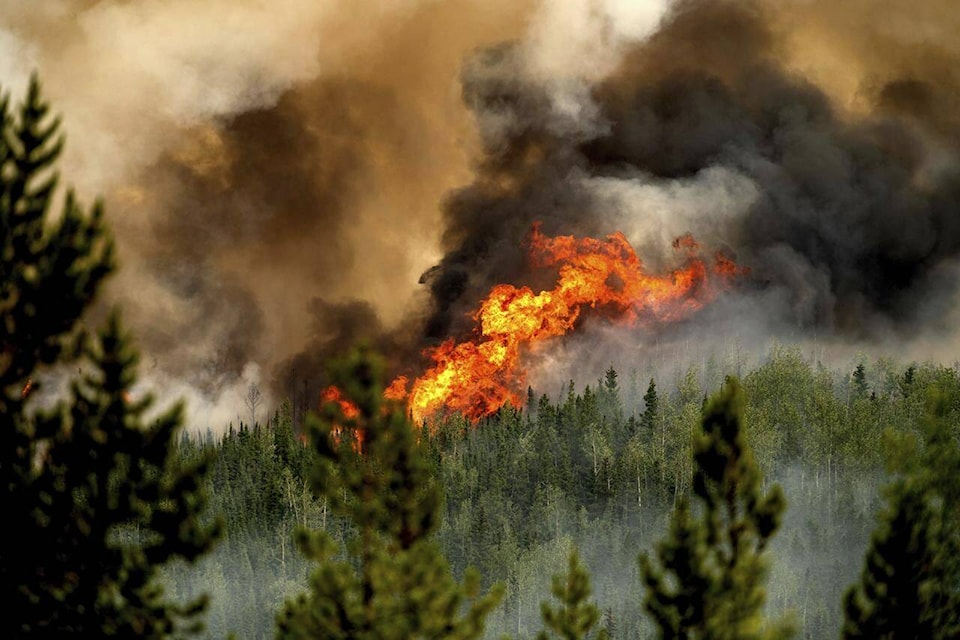UBC Okanagan (UBCO) is part of a pilot program using AI and SpaceX technology to better predict wildfires in B.C.
Rogers Communications is investing in satellite-connected sensors, with SpaceX���߲��о����s low-bandwidth Swarm service, and Pano AI cameras on the company���߲��о����s 5G network that detect smoke up to a 20-kilometre range.
���߲��о����The way we understand and model fire risk is really based on weather stations,���߲��о���� said Dr. Mathieu Bourbonnais, lead assistant professor, department of earth, environmental and geographic sciences, UBCO.
The BC Wildfire Service (BCWS) maintains a network of approximately 250 such stations across the province.
Over the past two years, Bourbonnais has been working with Rogers on developing a low-cost weather station.
���߲��о����They monitor all the weather parameters that influence fire and fuel conditions in real-time. They���߲��о����ve been working phenomenally well.���߲��о����
The stations can be put out in high numbers, including approximately 80 in the Okanagan, however, 14 of those units were lost in the McDougall Creek wildfire.
���߲��о����Those devices were actually transmitting right up until the last second before they burned.���߲��о����
The next step in the pilot is adding the AI cameras and integrating them with satellites.
���߲��о����Once you do that you can put them absolutely anywhere,���߲��о���� said Bourbonnais, noting a similar system is used in California.
���߲��о����It gives fire suppression organizations, such as BCWS, eyes on the fire, or it might help them detect a fire earlier or maybe somewhere remote where detection systems are sparse.���߲��о����
Bourbonnais, a former wildland firefighter, cautioned that challenges are to be expected in using AI cameras to detect wildfires.
���߲��о����A fire doesn���߲��о����t often start out as much, it���߲��о����s often that wispy plume of smoke. It���߲��о����s easy to mistake that for other things, a truck spouting exhaust from the air can look like a fire.���߲��о����
Initially, AI cameras will be located on wireless towers near Fort St. James, Smithers, and Chetwynd.
���߲��о����Early detection of wildfires is critical in preventing their spread to help protect communities and our forests,���߲��о���� said Sonia Kastner, CEO, Pano AI.
The technology builds on ongoing 5G research by Rogers, UBC, and the BC Wildfire Service (BCWS) to enable better detection and help first responders manage devastating events.
���߲��о����Climate change is a global issue that requires urgent action,���߲��о���� said Tony Staffieri, president and CEO, Rogers. ���߲��о����Communities across the country are facing the effects of unprecedented wildfires.���߲��о����
The company is also donating satellite phones to the B.C. Search and Rescue Association (BCSRA) to support first responders.
���߲��о����Communications are critical in search and rescue operations for the safety of everyone involved,���߲��о���� said Dwight Yochim, CEO.
The donation of satellite phones will have a direct impact
on the safety of 3,400 search and rescue members across the province, Yochim added.
READ MORE: Canadian Wildfire Conference to be hosted in Kelowna
READ MORE: 4 wildfire fighters killed in Highway 1 crash near Ashcroft



